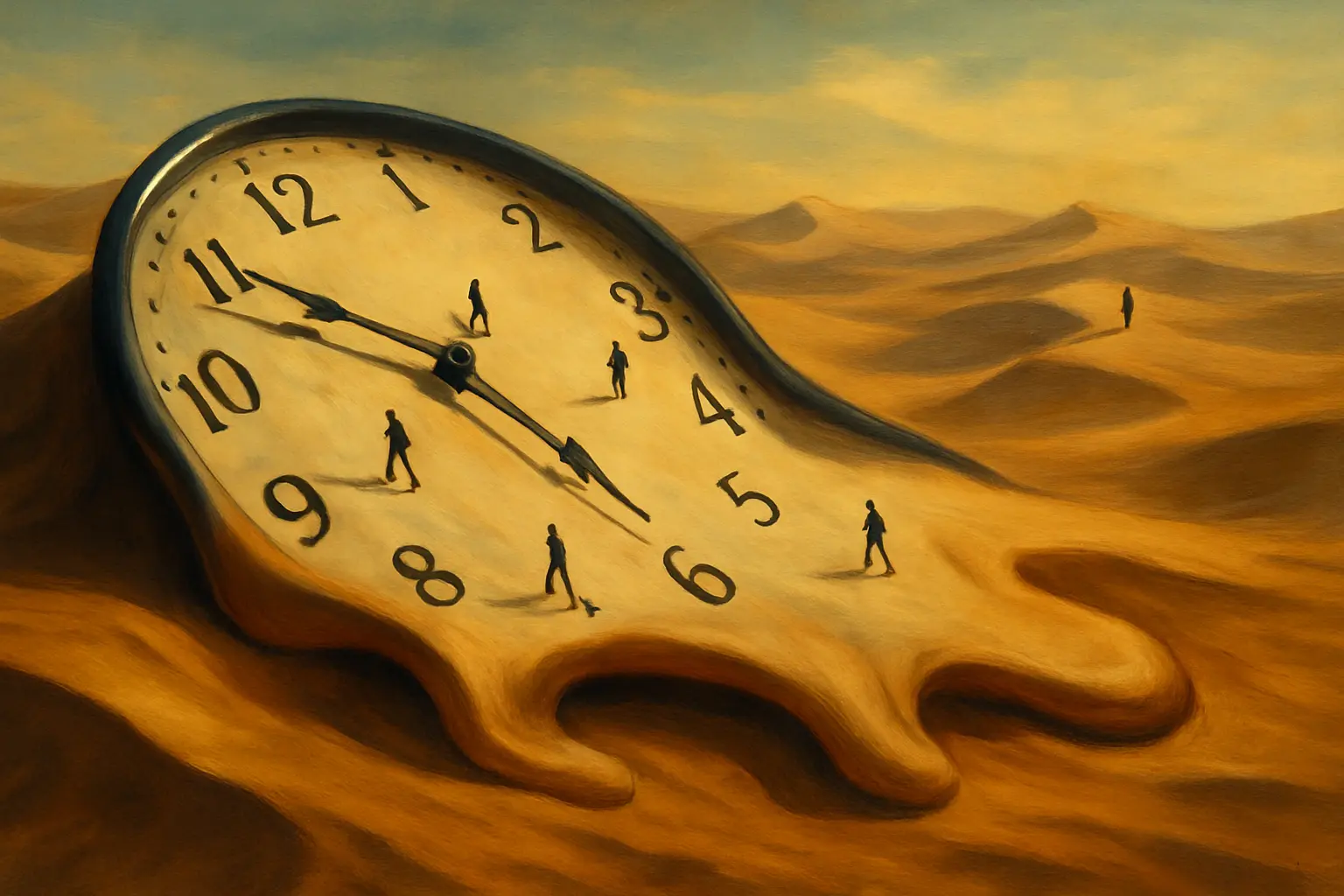Why Do We Dream? Understanding the Sleep Cycle
“Why do I dream?” This is a question many of us ask after waking up from a vivid or strange dream. Dreams are more than just random images — they reflect the complex processes of your sleep cycle, influencing memory, emotional processing, and overall mental health.
The Stages of the Sleep Cycle
Sleep isn’t uniform. It alternates in stages roughly every 90 minutes:
- Stage 1 (Light Sleep) – The transition between wakefulness and sleep. You may experience muscle twitches or a sensation of falling.
- Stage 2 (Intermediate Sleep) – Heart rate slows, body temperature drops, and your brain begins to process memories and emotions.
- Stage 3 (Deep Sleep) – Essential for physical restoration, growth, and immune function. Waking during this stage can feel disorienting.
- REM Sleep (Rapid Eye Movement) – The stage most associated with vivid dreams. Brain activity is high, similar to wakefulness, which supports learning, creativity, and emotional balance.
Why Dreams Happen
During REM sleep, your brain integrates experiences and emotions, often producing dream imagery. Dreams may:
- Help process daily experiences and emotions
- Enhance problem-solving and creativity
- Assist memory consolidation and learning
Curious fact: People often wake up around 3–4 a.m. during REM cycles, which is why those early-morning awakenings feel intense or emotional.
Improving Sleep Through Understanding
Knowing your sleep cycles can help optimize rest:
- Track your sleep: Apps like SnailSleep monitor REM cycles, deep sleep, and snoring, giving you insights into sleep quality.
- Optimize bedtime routines: Avoid blue light exposure before bed; light suppresses melatonin, delaying sleep onset.
- Maintain consistent sleep schedules: Aligning with your circadian rhythm strengthens restorative sleep.
Real-Life Example: Mia’s Sleep Discovery
Mia, a 29-year-old illustrator, noticed she often woke up feeling tired despite sleeping 8 hours. By using a sleep tracking app, she discovered she rarely reached sufficient REM sleep due to late-night screen use. Adjusting her bedtime routine — dimming lights, reducing phone usage, and adding a brief meditation — she began experiencing deeper sleep and more vivid, positive dreams.
Lifestyle Tips to Support Healthy Sleep Cycles
- Morning sunlight: Exposure helps reset your circadian rhythm.
- Regular exercise: Improves deep sleep duration.
- Balanced diet: Magnesium, tryptophan, and omega-3s support neurotransmitters involved in sleep.
- Stress management: Mindfulness or journaling reduces nighttime awakenings.
Related Articles
- Sleep and Mental Health: How Restorative Sleep Protects Your Mind
- Tracking Your Sleep with Technology: A Step-by-Step Guide
- Why Light Pollution Is Stealing Your Sleep (and How to Fight Back)

